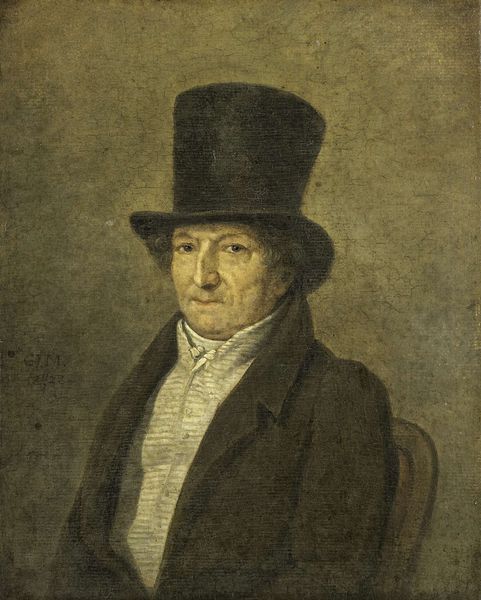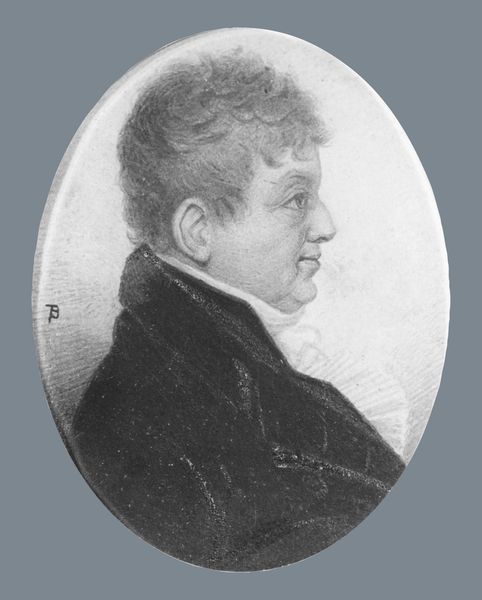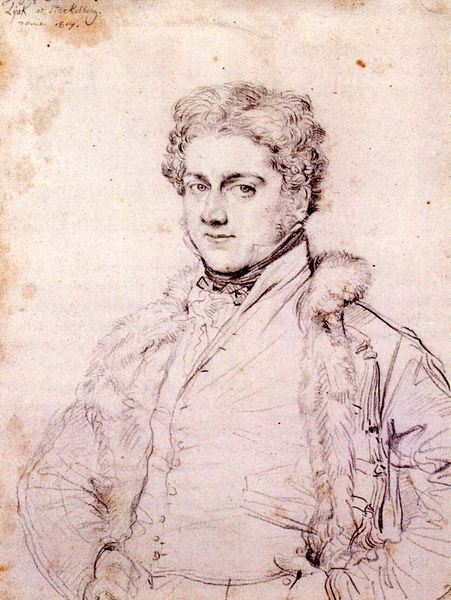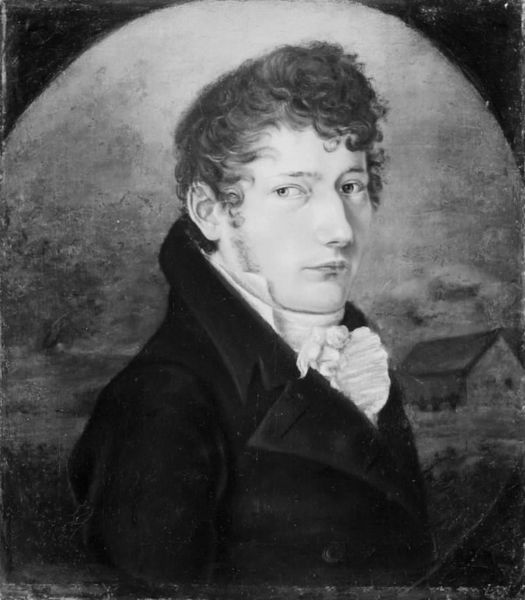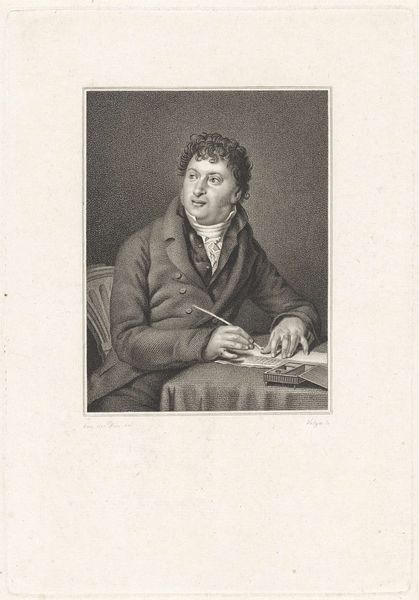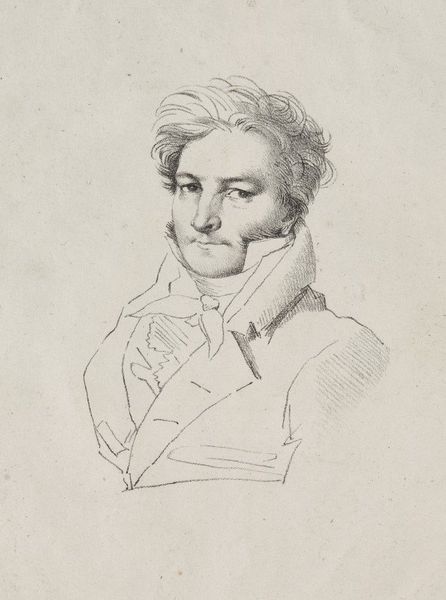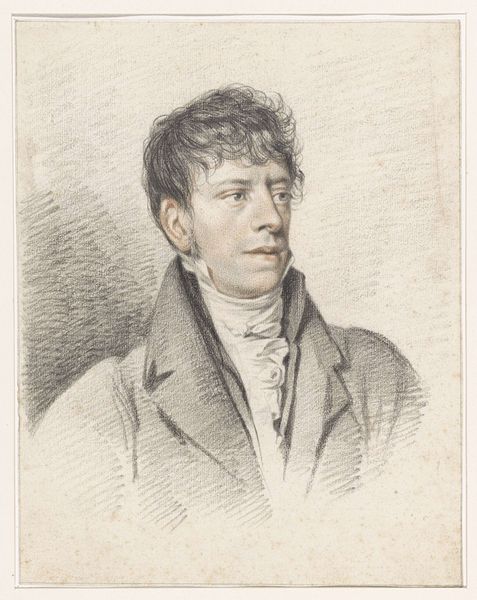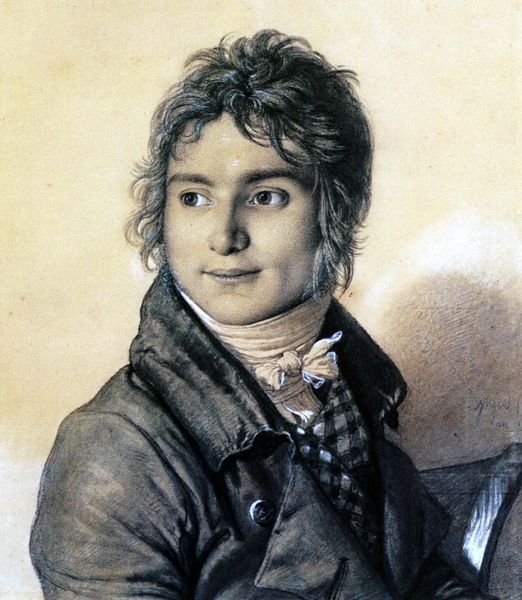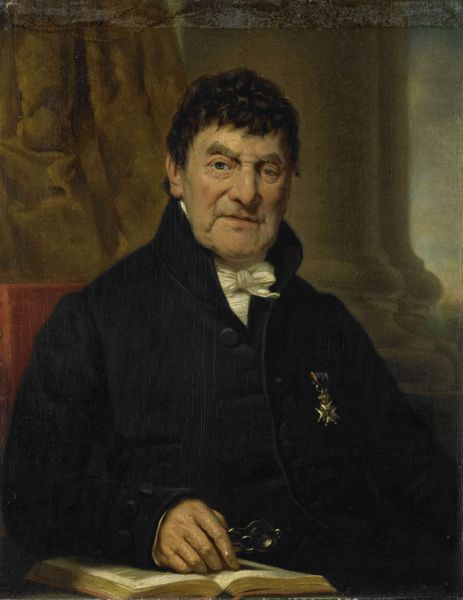
oil-paint
#
portrait
#
portrait image
#
oil-paint
#
figuration
#
portrait reference
#
portrait head and shoulder
#
romanticism
#
portrait drawing
#
facial portrait
#
portrait art
#
fine art portrait
Copyright: Public domain
Curator: Here we have Orest Kiprensky's "Portrait of an Unknown Man," created in 1811 using oil paint. Editor: Immediately striking. The subdued palette really focuses the eye on the subject’s face. I see a quiet strength, almost stoicism, conveyed through the interplay of light and shadow. Curator: Considering the time, right on the cusp of major social upheaval, one wonders who this man was. The style situates the piece within a milieu that consumed portraiture, turning image into commodity for emerging elites. Editor: Yes, but let’s also look closely at Kiprensky's brushwork. The layering is subtle, almost translucent in areas, lending a sense of depth. It's not just about documentation; it's about presence, wouldn't you agree? Curator: I do, but one cannot overlook the societal dimensions. It is compelling to investigate how a portrait, its materials, became enmeshed within complex systems of patronage and identity construction during Russia’s socio-political shifts. Editor: Perhaps. Yet the portrait, purely in its form, has such strong diagonal compositions; the placement of light and shadow is masterfully executed. Notice the way Kiprensky uses the gaze to draw us in; we engage with the person. Curator: Indeed. The layers and type of pigment used could tell us more about Kiprensky's methods, as well as where he sourced materials and their historical distribution. Editor: For me, its strength lies in its ability to connect across centuries. Kiprensky’s masterful depiction invites us into contemplation and reminds us of enduring human complexities. Curator: An exquisite work with depth far exceeding the canvas; examining the historical implications gives one plenty to ponder about artistry of this era.
Comments
No comments
Be the first to comment and join the conversation on the ultimate creative platform.

